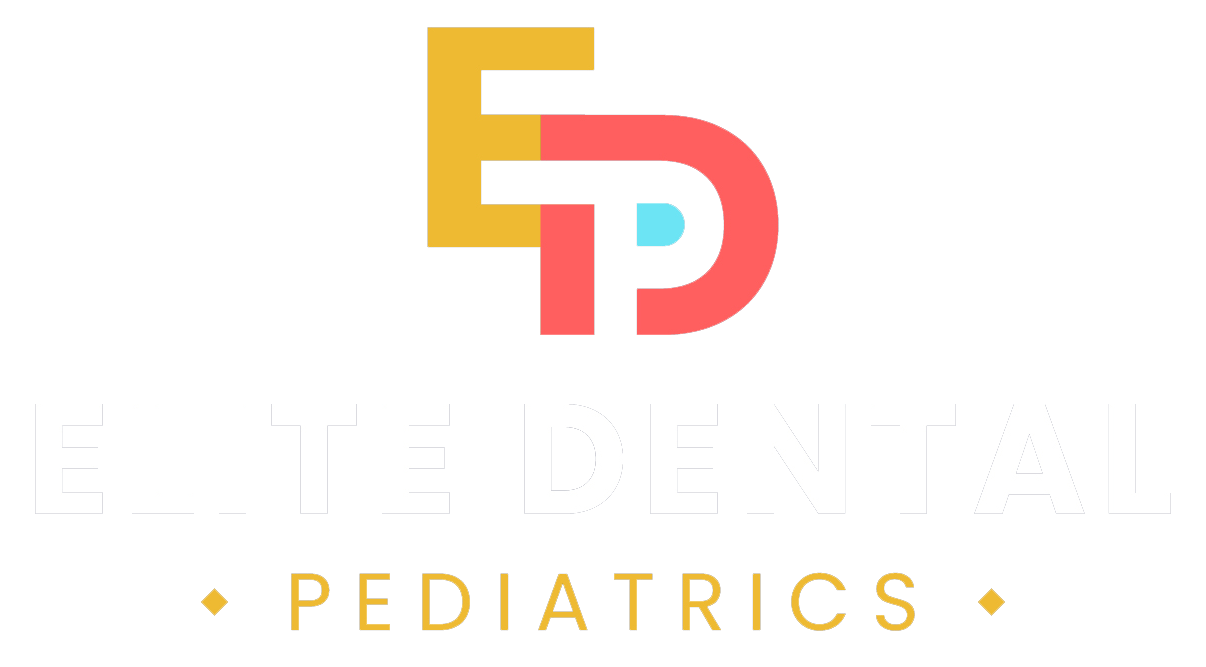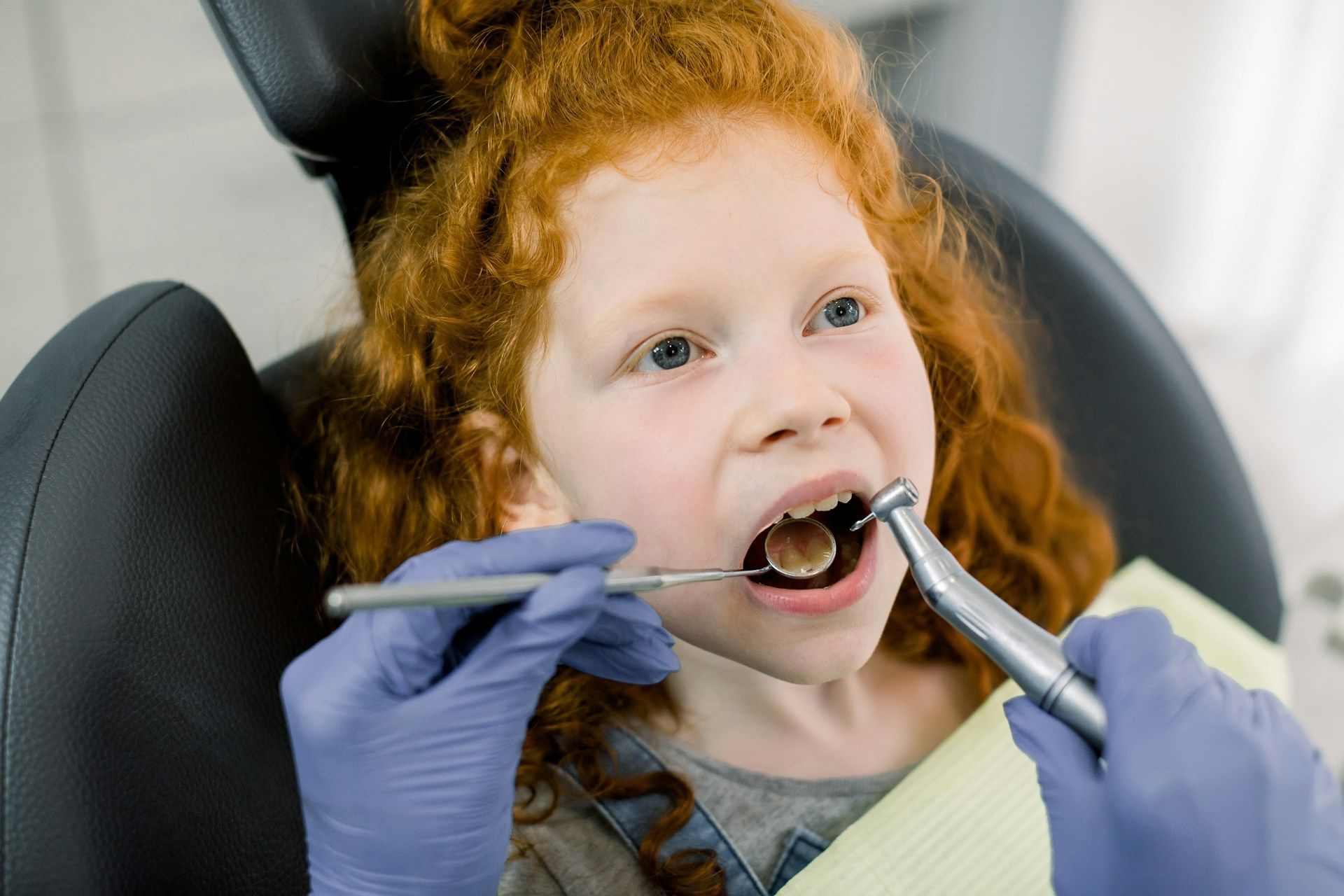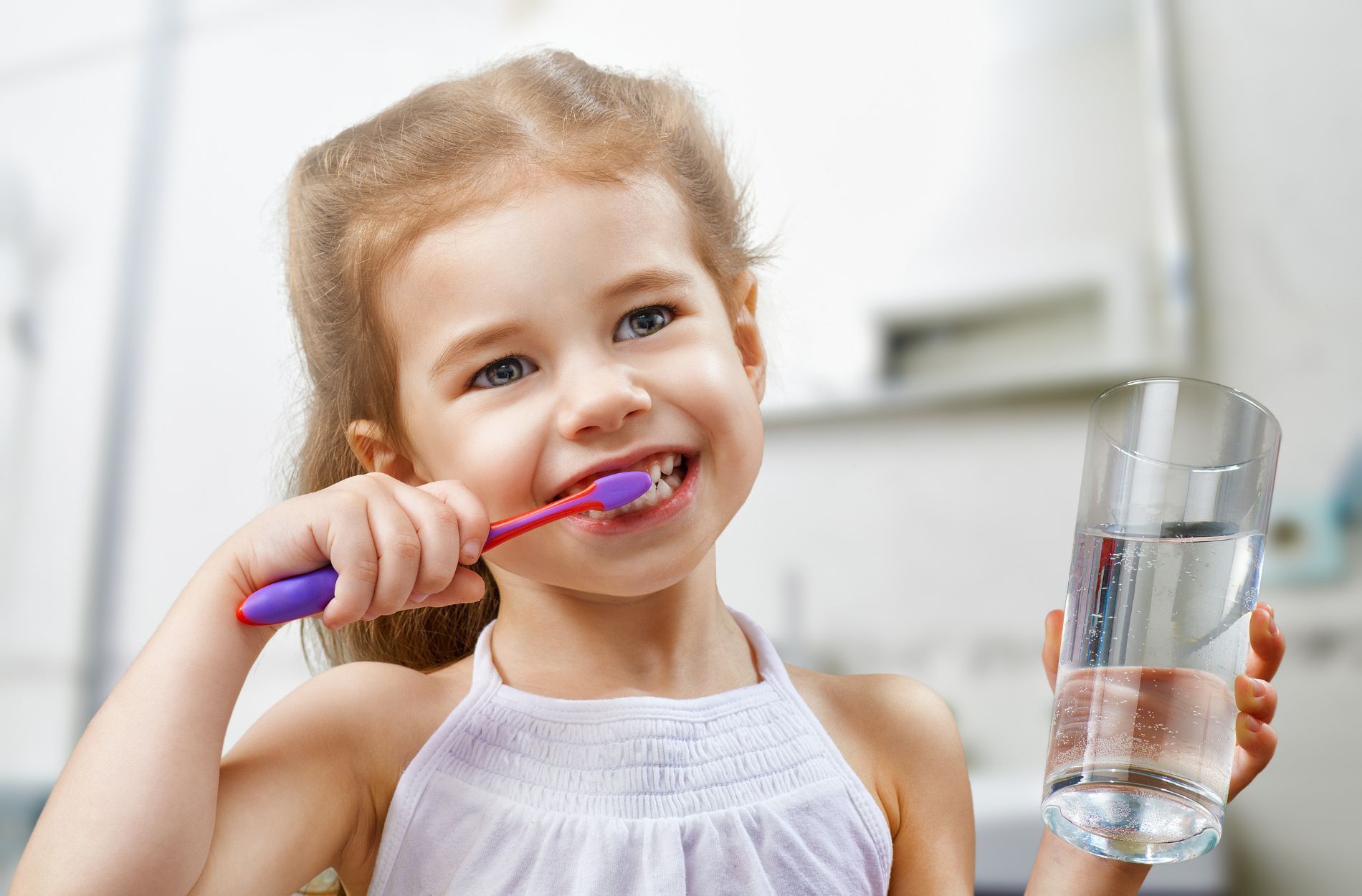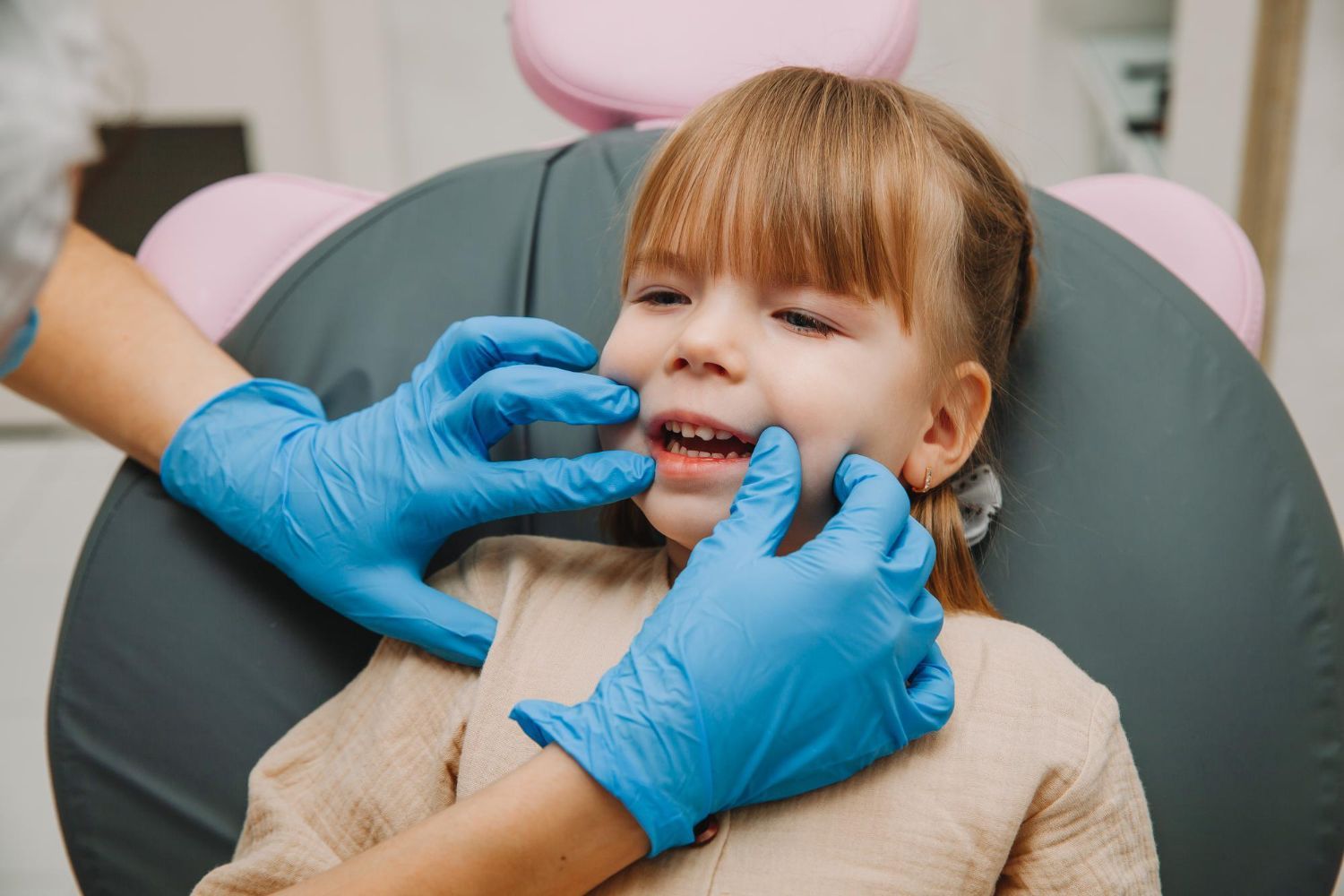How to Choose the Right Toothbrush for Your Child
Choosing the right toothbrush for your child is an important decision that impacts their dental health. With so many options available, from various shapes and sizes to different types of bristles and handles, it can be confusing to know which one is best. The right toothbrush will make brushing more effective and comfortable, helping to develop a positive attitude towards oral hygiene.
It’s essential to consider several factors when selecting a toothbrush for your child. Age-appropriate toothbrushes ensure that the size and shape fit comfortably in your child’s mouth, making it easier for them to use. Soft bristles are recommended to protect young gums and clean teeth gently. Moreover, understanding the differences between manual and electric toothbrushes can help you make an informed choice that suits your child’s needs and preferences.
Good oral hygiene habits start with the right tools and the right guidance. Equipping your child with an effective toothbrush and teaching them how to use it properly sets the foundation for a lifetime of healthy dental care. By making the right choices and encouraging consistent brushing, you ensure that your child maintains a bright and healthy smile as they grow.
Understanding Different Types of Toothbrushes for Kids
When it comes to kids' toothbrushes, the options can be overwhelming. Knowing the basic types helps make the decision easier.
Manual Toothbrushes:
These are the traditional toothbrushes that most of us are familiar with. They come in various sizes and designs. Manual toothbrushes require your child to move the brush to clean their teeth. They are usually more affordable and can be found in multiple designs that might appeal to your child, such as their favorite cartoon characters.
Electric Toothbrushes: Electric toothbrushes have a battery-powered motor that moves the bristles for you. They often come with features like timers to ensure your child brushes for the recommended two minutes. Electric toothbrushes can be quite effective at removing plaque and might make brushing more fun, which can encourage better brushing habits.
Finger Toothbrushes: These are typically used for infants. They're made of soft silicone and fit over the parent's finger. This type is great for massaging gums and cleaning small teeth while the infant is still getting used to the sensation of brushing.
Training Toothbrushes:
These are designed for toddlers who are transitioning from finger toothbrushes to regular ones. They often come with safety features like a choke guard to prevent the brush from going too far into the mouth.
By understanding the various types, you can choose the right toothbrush that suits your child’s age and comfort level, ensuring they enjoy and benefit from brushing.
Important Features to Look For in a Child's Toothbrush
Selecting the right toothbrush involves more than just picking a cute design. Here are some important features to consider:
Soft Bristles:
Always choose a toothbrush with soft bristles for your child. Soft bristles are gentle on gums and effective in cleaning teeth without causing damage. Hard bristles can be too abrasive and might hurt sensitive gums.
Small Head:
A toothbrush with a small head is perfect for a child’s mouth. It allows the brush to reach all the areas of the mouth easily, including the back teeth. A smaller brush head makes it less likely to cause any discomfort.
Comfortable Handle: Look for a toothbrush with a handle that’s easy for little hands to hold. Some toothbrushes come with ergonomic designs to make it easier for children to grip. A good handle helps your child have better control while brushing.
Fun Designs:
While it might seem trivial, a toothbrush with fun designs or their favorite characters can make brushing more enjoyable. If your child looks forward to using their toothbrush, they are more likely to build good brushing habits.
Built-In Timer or Musical Tunes: Some toothbrushes come with built-in timers or play music for two minutes. This feature ensures that the child brushes for the right amount of time without feeling rushed.
By paying attention to these features, you can ensure that your child’s toothbrush is not only effective but also enjoyable to use. This will help them maintain a regular brushing routine, leading to better dental health.
Manual vs. Electric Toothbrushes: Pros and Cons for Kids
Choosing between a manual and an electric toothbrush can be a bit tricky. Both have their unique advantages and disadvantages. Here’s a breakdown to help you decide:
Manual Toothbrushes
*Pros:*
- Affordability: Manual toothbrushes are generally cheaper and readily available.
- Control: They allow kids to control the brushing pressure and speed.
- Variety of Choices: They come in many designs, which can make brushing fun.
*Cons:*
- Effort Required: Manual brushing requires more physical effort and proper technique, which can be challenging for younger kids.
- No Built-In Timers: They lack features like timers, so parents need to supervise brushing time.
Electric Toothbrushes
*Pros:*
- Ease of Use: Electric toothbrushes do most of the work, making them easier for kids to use.
- Effective Cleaning: Vibrating bristles can be more effective at removing plaque.
- Fun Features: Many come with built-in timers, music, or lights, making brushing more engaging.
*Cons:*
- Cost: Electric toothbrushes are typically more expensive. Replacement heads can also add to the cost.
- Dependency on Power: They rely on batteries or charging, which can be inconvenient if they run out mid-brush.
Deciding between a manual and electric toothbrush largely depends on your child’s age, ability, and preference. Either choice can be effective if used correctly and consistently.
Tips for Encouraging Good Brushing Habits in Children
Getting your child to brush their teeth regularly can be a challenge. Here are some tips to help encourage good brushing habits:
1. Lead by Example: Kids love to mimic their parents. Make sure to brush your teeth alongside them to set a good example.
2. Make It Fun: Turn brushing into a fun activity. Use songs, timers, or apps that make brushing entertaining. Some toothbrushes even come with built-in songs to make sure kids brush for the full two minutes.
3. Reward System: Implement a reward system to praise good brushing habits. A sticker chart can work wonders; each successful brushing session earns a sticker, and after a certain number, they get a small reward.
4. Let Them Choose: Allow your child to pick out their toothbrush and toothpaste. Giving them a choice makes them more excited about brushing.
5. Use Positive Reinforcement: Always reinforce the positives. Compliment them on their brushing technique and congratulate them for doing a good job.
6. Teach Proper Techniques: Show them how to brush correctly. Use small circular motions and ensure they brush all parts of their mouth, including the back teeth and tongue.
Encouraging regular brushing is crucial for maintaining good dental health. These tips can help make the process easier and more enjoyable for your child.
Conclusion
Choosing the right toothbrush for your child is a vital step in ensuring their dental health. Understanding the different types and key features helps make an informed decision that suits your child's needs and preferences. Whether you opt for a manual or electric toothbrush, it’s important to find a brush that your child feels comfortable using and is excited about.
Establishing good brushing habits early in life is crucial. By making brushing fun and engaging, you can help your child develop a positive attitude towards oral hygiene. Consistent brushing with the right tools will set them up for a lifetime of healthy smiles.
For personalized advice and dental care tailored to your child’s needs, schedule an appointment with Elite Dental Pediatrics. Our
family dentist in Houston is here to help you and your child achieve the best dental health possible.










